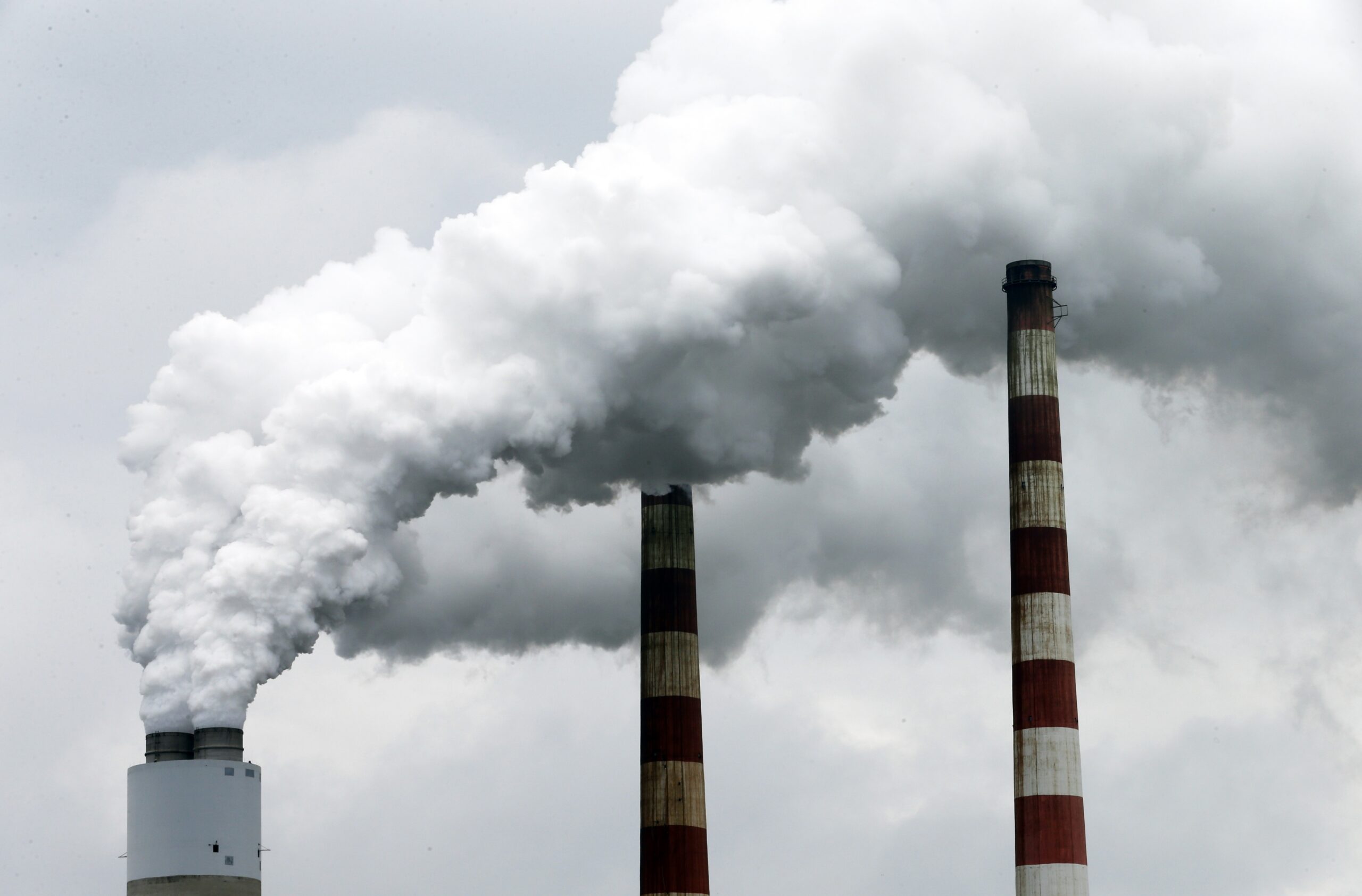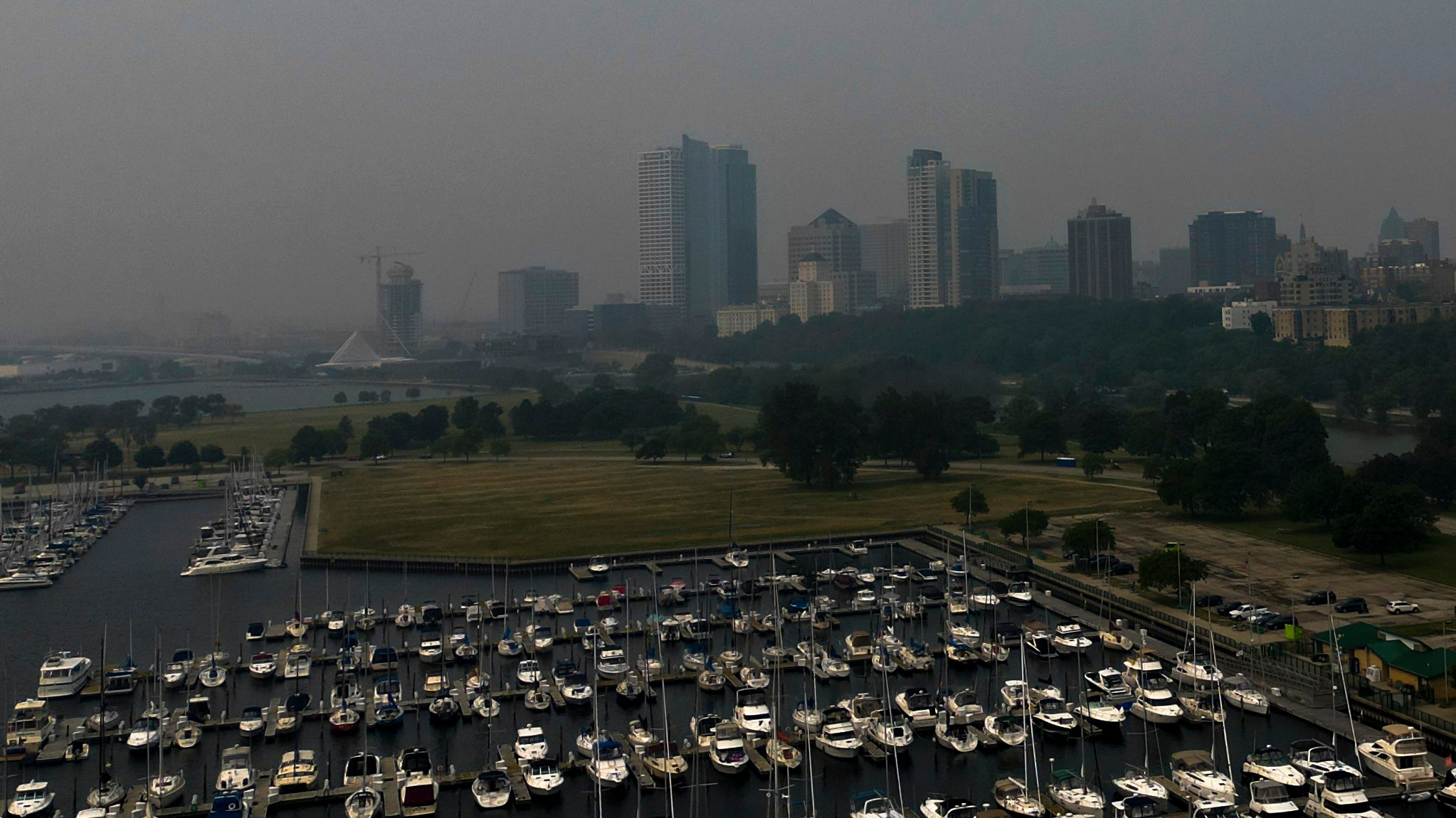UW Weather Guy Steve Ackerman sharse an update on the status of the hole in the ozone, and what we can take away from that in our approach to climate change.
Featured in this Show
-
The Ozone Layer: What It Is And Why It Seems To Be Improving
Earth’s ozone layer has been in the news lately after the United Nations reported last month that the planet’s protective layer might be making a recovery.
Here’s a quick rundown of some ozone layer basics — what it is and what’s been wrong with it — as well as more details on its current status:
Ozone is invisible to the naked eye, but essentially makes life on Earth possible. It’s a gas composed of oxygen atoms, which Steve Ackerman, the director of the Cooperative Institute for Meteorological Satellite Studies at University of Wisconsin-Madison, described as “very corrosive and highly reactive.”
Ackerman explained that atmospheric scientists classify ozone as good or bad depending on where it occurs. He said that ozone that is close to the Earth’s surface is bad because it’s an irritant and pollutant.
On the other hand, ozone that is in the stratosphere — 20 miles above the surface of the Earth — isn’t just good, but necessary, he said.
“We want that ozone because that ozone interacts with ultraviolet radiation and absorbs that energy,” he said.
That’s important, because those rays are the ones that are damaging to skin and other cells of the body.
The year 1979 was an important one in the study of ozone: That was the first year that ozone dropped below a level that was cause for concern. Ackerman said that the ozone depletion was being caused by a growing use of compounds known as chlorofluorocarbons. Also known as CFCs, these gases were commonly used as refrigerants and propellants, like in aerosol cans.
Because CFCs are very stable, Ackerman said, they remain in the atmosphere for hundreds of years once released. And after decades of use in homes, vehicles and businesses, there ended up being a significant build up of these gases. The CFCs spread through the atmosphere and eventually gathered over the continent of Antarctica. That resulted in a damaged ozone layer, Ackerman explained.
Ackerman noted that calling the damage a “hole” is misleading. He said a thinning or depletion is a more accurate description. Ackerman added that the thinned ozone is the size of the continental U.S., and is triggered in late fall when the ultraviolet radiation interacts with the chlorine in the CFC gases.
“We see the amount of ozone just drop,” he said.
That increased level of UV exposure in Antarctica is not good for the wildlife there, nor for the increasing number of humans who are there doing research. If the depletion hadn’t been addressed and had continued to grow, Ackerman said, the impact would be felt in many more areas, including those with larger populations.
Ackerman said that one of the biggest lessons of the discovery of the thinning of the ozone layer is how much impact humans can have on the environment.
“Even emitting what might be thought of as small amounts of these chlorofluorocarbons over a couple of decades can have a long term impact on the atmospheric structure,” he said.
A positive aspect of the ozone issue is that when the cause was identified, there was a global effort to ban aerosols and other products that released CFCs into the atmosphere. Ackerman finds hope in the fact that despite causing damage, “we can do things to mitigate the damage … And that’s encouraging.”
Ackerman said that the size of this year’s ozone “hole” reached a maximum size in September of about 7 million square miles. That means that it is about the same size as the ozone hole in 2011 and 2012 — meaning it’s not getting worse.
For more information on the ozone layer and its current status, Ackerman and his colleague Jon Martin wrote a recent article on the topic for the Wisconsin State Journal.
Episode Credits
- Larry Meiller Host
- Judith Siers-Poisson Producer
- Steve Ackerman Guest
Wisconsin Public Radio, © Copyright 2024, Board of Regents of the University of Wisconsin System and Wisconsin Educational Communications Board.


